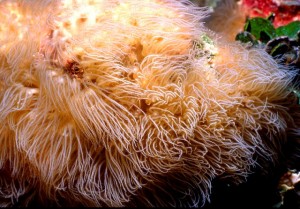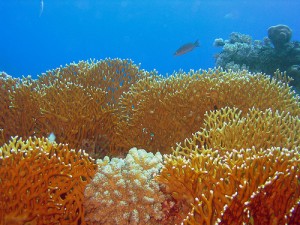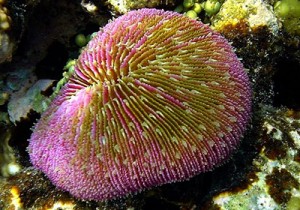Last week, we briefly described a few of the types of corals most commonly found out at the Great Barrier Reef. These corals, the branching, table, and massive, are all iconic out at the reef, and visitors will usually get a few good pictures if they snorkel in the right spots. Today, we’ll examine a few more types of coral that you would be likely to see out at the reef.
Soft Corals

Called soft corals because they do not have hard, rigid permanent skeletons, this group is made up of the Gorgonians and the Black Corals. These corals are found where there can be currents, and the flexibility of their tissue is a definite advantage.
Mushroom Corals
Mushroom corals form disc-shaped skeleton structures, and unlike most species of coral, these are typically only a single polyp. Additionally interesting is that most mushroom corals have the ability to move across the sea floor, and do not stay in a fixed place.
Fire Coral

Fire Coral isn’t really a coral at all; rather, they are marine organisms that form colonies that look just like real coral. They are actually closely related to the jellyfish family and other stinging anemones, and get their name from the painful burning sting that it inflicts on the unsuspecting diver that brushes against it.

